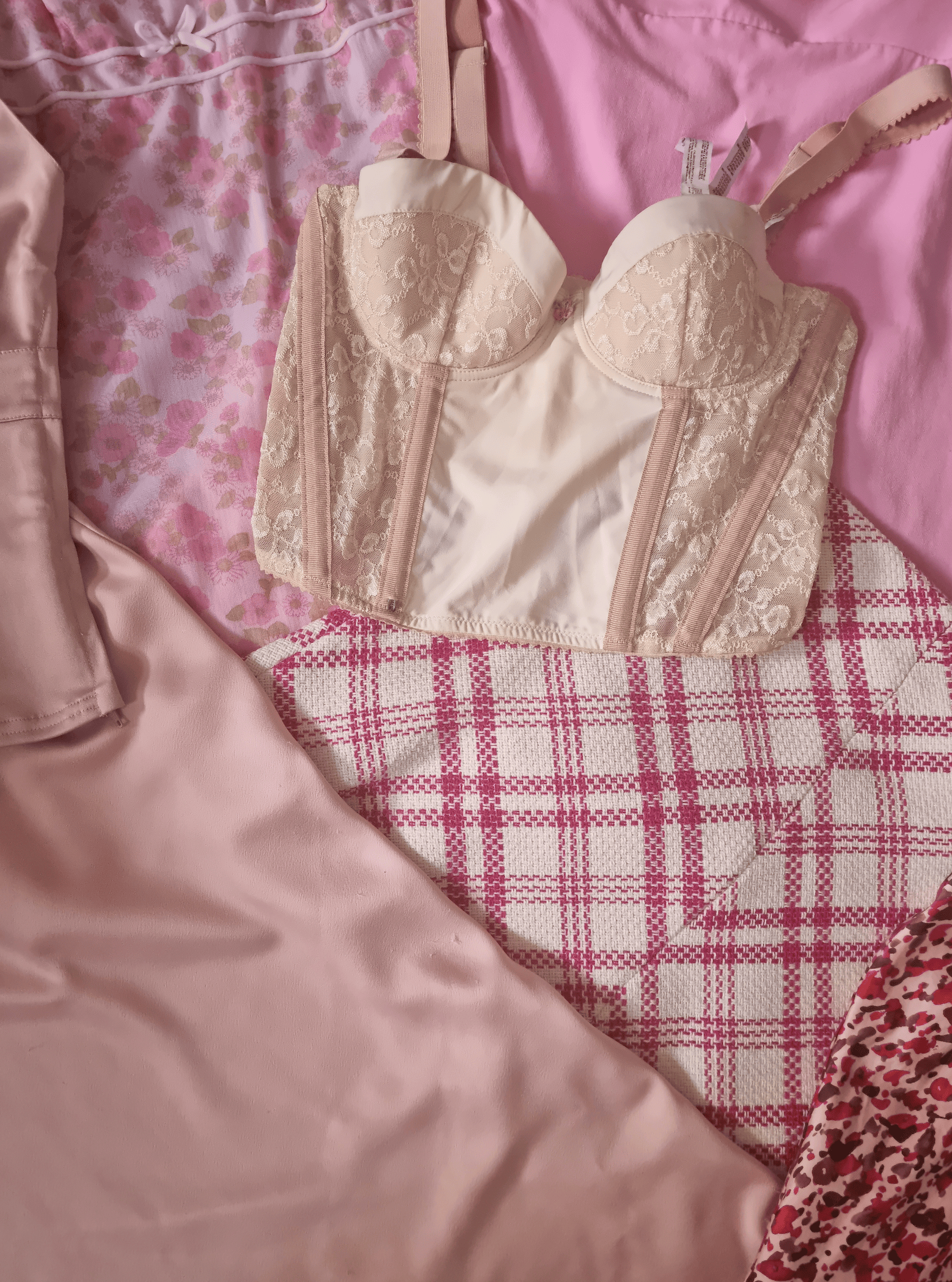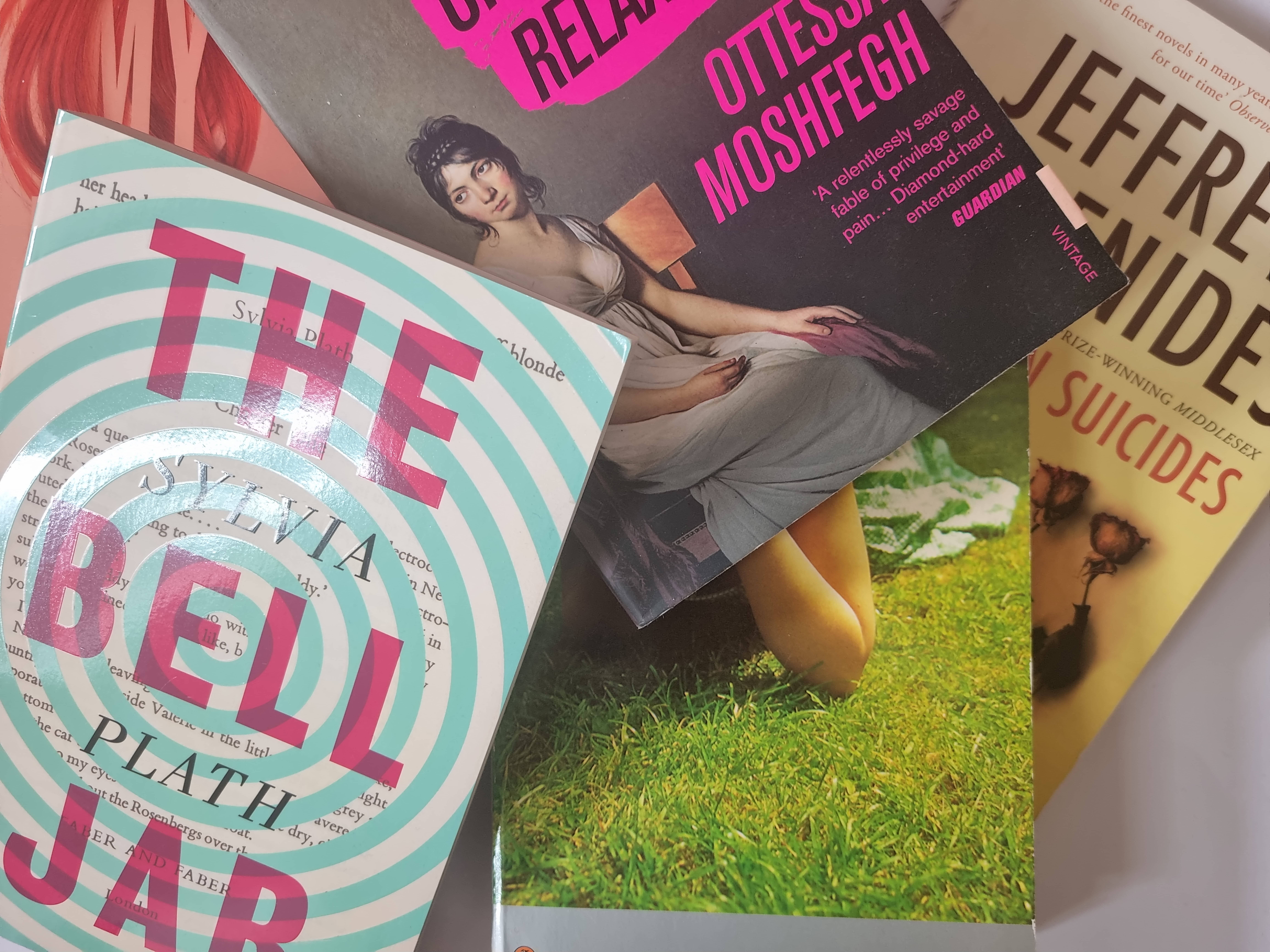The world of social media has done some truly amazing things: uniting families, providing safe spaces, and sparking national movements, but there may be a darker side to the pretty picture of these online communities.
TW: discussion of mental health disorders, self-harm and addiction
In recent years we have seen an explosion of subcultures and aesthetics on platforms such as TikTok and Instagram. These communities are defined by the fashions they follow, the music they listen to, and even the content they consume. Balletcore focuses on a pink, white, and grey colour palette, with followers of the subculture opting for music by artists such as Lana Del Ray and films such as ‘Black Swan’.

Balletcore isn’t as rosy as the clothes
Blokecore, the antithesis of this gentle and girly aesthetic, is synonymous with sports tops, trainers, and crossbody bags. Those linked to this style enjoy 90s brit pop and pub culture, often linked to sporting events or teams.
Beyond these hardcore followings of the styles, some suggest these trends are also trickling into the mainstream. Natalie Ellis, an Instagram influencer and one half of the duo @sisterssharingstyle often creates content around girly and feminine ‘aesthetics’ such as Cottagecore and Coquette.
‘I do think there will be continued growth in more ‘feminine’ clothing in general,” she says. “For example, typical ballet style clothing, bows, and frills are predicted to be a big trend for 2023.”

Sisters Natalie and Laura use their platform to share outfit inspo and style advice
But there’s more to these styles than just fashion trends. Balletcore has been linked to eating disorders, Lolita glamourizes pedophilia, Coquette has links to drug use and Blokecore normalizes addiction and violence.
According to mental health lecturer, Alex Pike, from the University of York, research suggests that the link between social media and mental health issues might not be as deep as thought. “Overall social media doesn’t have a big impact on mental health, which is quite surprising, so it’s not really what we’d expect,” she explains.
But there is still an issue with the way content is pushed on sites such as TikTok. “Once you’ve searched for content about weight loss or sort of promoting a thin ideal, you might see more of that content in the future because you’ve already engaged with it.” she points out.
“My mental health has definitely been affected by the glamorisation of mental health disorders on social media,” says Daisy Kearley, a 20-year-old medical student from the University of Exeter who struggled with her mental health during her teens. “Online communities can have both positive and negative effects on mental health.”
“It’s likely that viewing any kind of content that promotes one body type or ‘aesthetic’ and feeling that your body does not match this standard, makes you more vulnerable to developing disordered eating and an unhealthy relationship with food,” says Ruth Knight, Psychology lecturer at York St John University.
The link between addiction and these communities is much more prominent, suggests Addiction Coach John Port. “Glamourisation/normalisation of substance and alcohol misuse desensitises people, which in turn can minimise the perceived risk of addiction to an individual at any age,” the recovery expert from addiction support service, Treatment Link, points out.
“We have seen an overall increase in the numbers of admissions to treatment centers over the past five years, with the number of young people in treatment also being higher.”

These styles also promote books and other media with equally problematic and triggering themes
Triggering and problematic content is often hidden in viral trends. “Subcultures often go one step further than this and promote a certain way of eating,” Dr. Knight states. “Not only, is this often unattainable for the vast majority of people (due to cost, time, and access restrictions), but it promotes the idea that there is one specific way somebody should eat. Unrealistic ‘what I eat in a day reels’, for example, can have a detrimental effect and promote disordered eating thoughts and behaviours.”
“There are also concerns about the way social media can contribute to mental health issues, particularly in terms of the pressure to present a perfect or curated image of oneself and the potential for cyberbullying,” Daisy, who has worked with CAMHs, says.
“Accounts promoting unhealthy eating habits, unhealthy weight aesthetics and glamorising being underweight have all made me question my own reasons to try improve my mental health and prevented me at times in doing so,” said Becky Morris, a 21-year-old in recovery from an eating disorder.
Tackling exposure and the creation of this content can prove tricky for platforms. “It’s not like you can identify all eating disorder-related content and ban it,” Alex explains. “People who use online communities often don’t explicitly use the word eating disorder they maybe change a letter or a number in a word so that there are constantly new and reinvented words that refer to eating disorder-related content.”
“Some social media platforms have taken action to avoid showing the most damaging content (ie, pro-ana or pro-anorexia content) to users,” Ruth says. “These attempts are not always successful, because communities are changing all the time, and that includes changing the terms and hashtags that are used, which makes it hard to keep up with.”
The York St John University lecturer describes how individuals can make changes too. “Diversifying your feed so that you see a wider range of bodies in terms of aesthetics, size, race, and (dis)ability is likely to mean you compare yourselves less often to one particular kind of body,” she hypothesises.
“The most obvious thing is if you’re presented with that kind of content, try to engage with it as little as possible,” points out Dr. Pike. “And not sharing it with people, even if you’re sharing it to say this is ridiculous or outrageous, or I found this really upsetting.”
But there are sides of the internet that take a more honest and positive approach to mental health disorders. “Social media is a vital connector and source of community for many marginalized communities,” Dr. Knight reassures. “Living with stigma and prejudice can be made easier by having a supportive online community, such as those people create on TikTok and Instagram. Some creators also act as models for us, and their authentic posting can remind us that everybody struggles and that people who look like us can also succeed and be happy in various ways.”
If you have been affected by any issues in this article, reach out. For eating disorder support, contact BEAT and for help with addiction, contact Treatment Link.

Amazing article!! Very in formative to those who know little about ED’s.